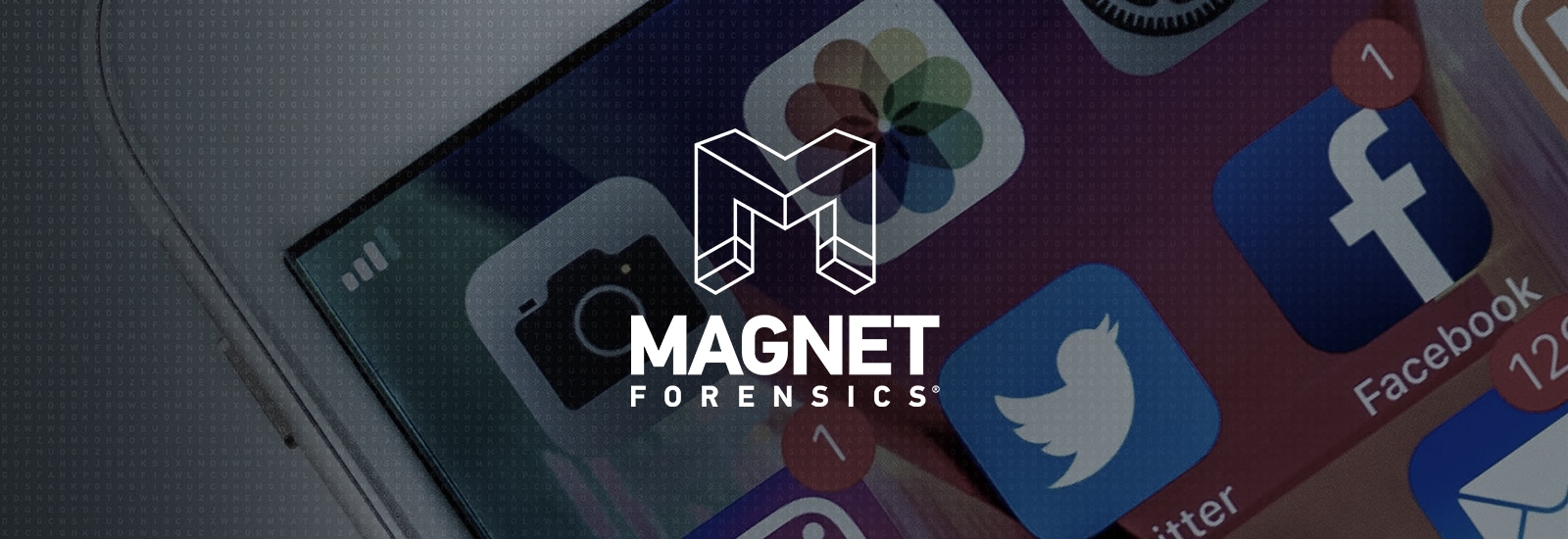
Twitter for #DFIR Professionals
Hi! This is Jessica Hyde with Magnet Forensics and I wanted to talk about using Twitter for digital forensics and incident response. I am going to guess that there are two types of readers of this blog: the first group is going “Of course, I use Twitter for DFIR every day” and the second group is going I don’t use social media for work. This post is for the latter.
Why Twitter for #DFIR?
So if you are in group 2, you may be asking why would you use Twitter? The reason is because a lot of brand-new findings hit Twitter first. Researchers and practitioners share what they learn in real time on Twitter.
Also, you can develop an amazing community. I have great friends in the field I have made through Twitter and in the time of COVID, I have been able to maintain and build a lot of the relationships there. My recent interview #CacheUp with Jay Sasportas dived into all the great reasons to use Twitter as a DFIR professional and how it has helped him throughout this past year.
Tips for using Twitter for #DFIR
Following
- If you use Twitter for other purposes now, create a handle just for DFIR.
- It is okay to just follow folks. You can cultivate your feed by choosing who to follow.
- Follow relevant hashtags. The big one for Digital Forensics and Incident Response content is #DFIR. I regularly just look at #DFIR and read everything posted there. You will often find other hashtags for specific events like #MVS2021 for the Magnet Virtual Summit or #DFIRFit for the DFIR community fitness movement.
- Follow lists! For example, I have a #DFIR list on my profile, you can follow the list and use that to see a feed of folks who tweet about digital forensics
Sharing
- Use relevant hashtags. This will help folks find relevant tweets.
- Be concise – you only have 280 characters, acronyms are okay!
- Tag relevant people by @’ing them. If you are enjoying a presentation for example you can say, Enjoying talk on Memory Forensics from @melton_tarah at #MVS2021 #DFIR.
- Share short links, you can use a service like bit.ly to create short URLs from longer ones.
- Provide context on retweets. If someone shares a blog post and you like it, you can retweet using Quote Tweet to share the original post and provide additional context. Sharing the why is a great way.
Connecting
- Twitter is a great way to network virtually, which has become more important in our current virtual environment.
- Twitter allows you to send direct messages (DMs) and to have group DMs. This allows you to cultivate a relationship outside of the thread or go more in depth on a topic offline.
- Twitter provides a way to connect and ask questions to the author of that tool you have been using or the researcher who wrote that blog post.
- Lots of folks share job postings on Twitter, so it may be a great place to find out about a new opportunity if that is where you are in your career. Check out #DFIROpportunity and #DFIROpportunities.
If you are not already on Twitter, I hope this post encourages you to join. If you are on Twitter but know someone who has been hesitant to use Twitter for DFIR, feel free to share this post.
If you have any questions or comments you can send me a direct message on Twitter, @B1N2H3X, or email me at jessica.hyde@magnetforensics.com.
And be sure to follow Magnet Forensics on Twitter for lots of helpful and current info.